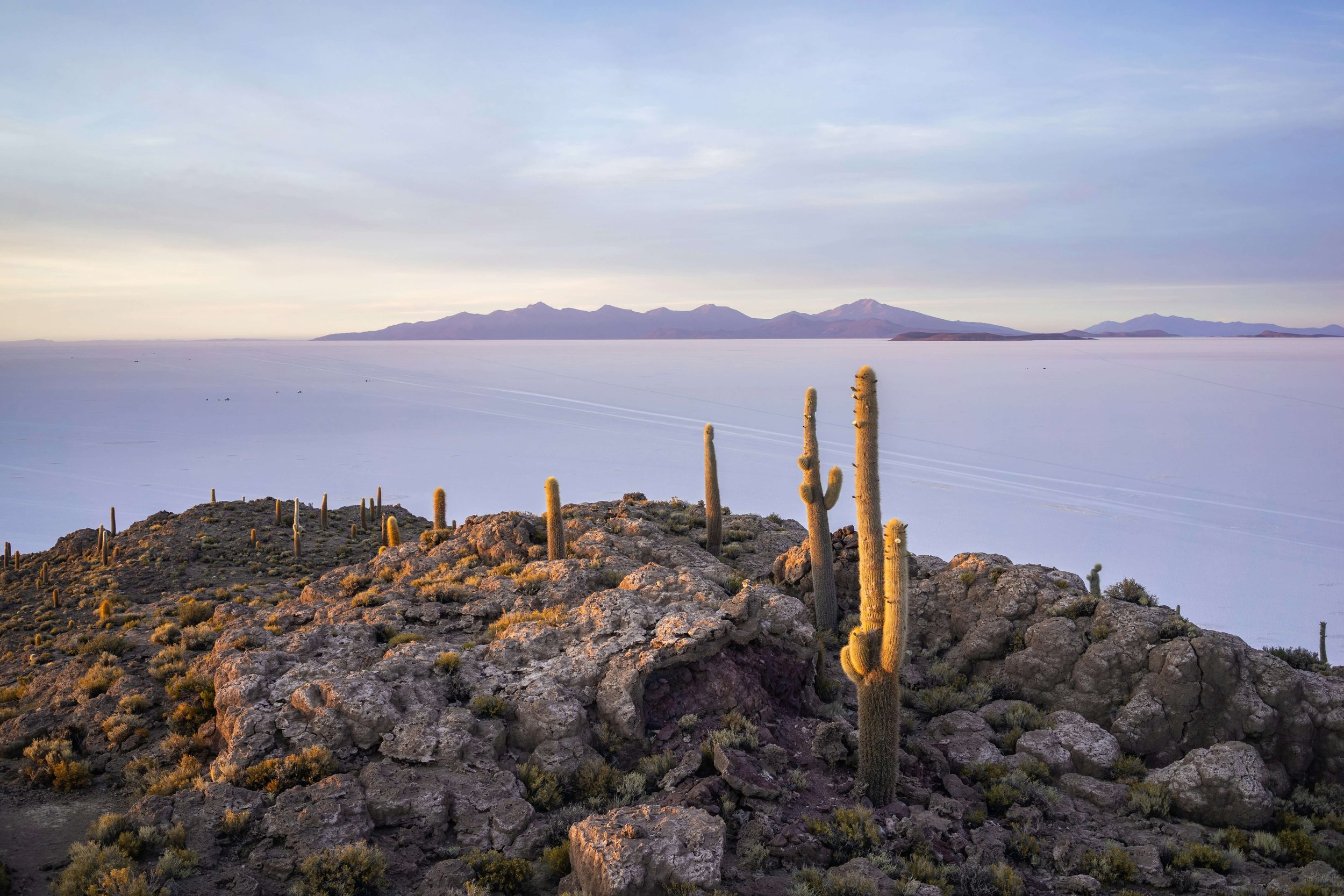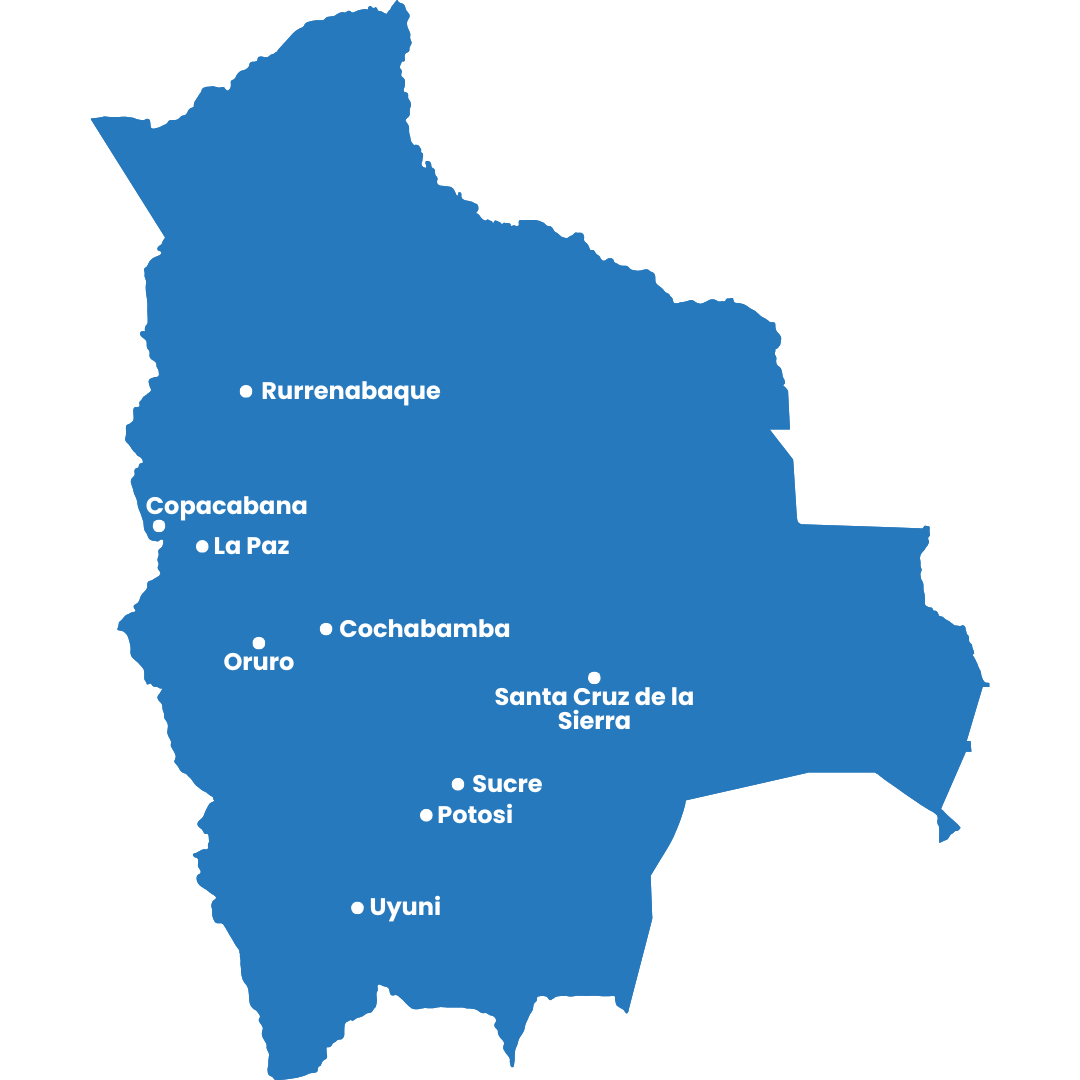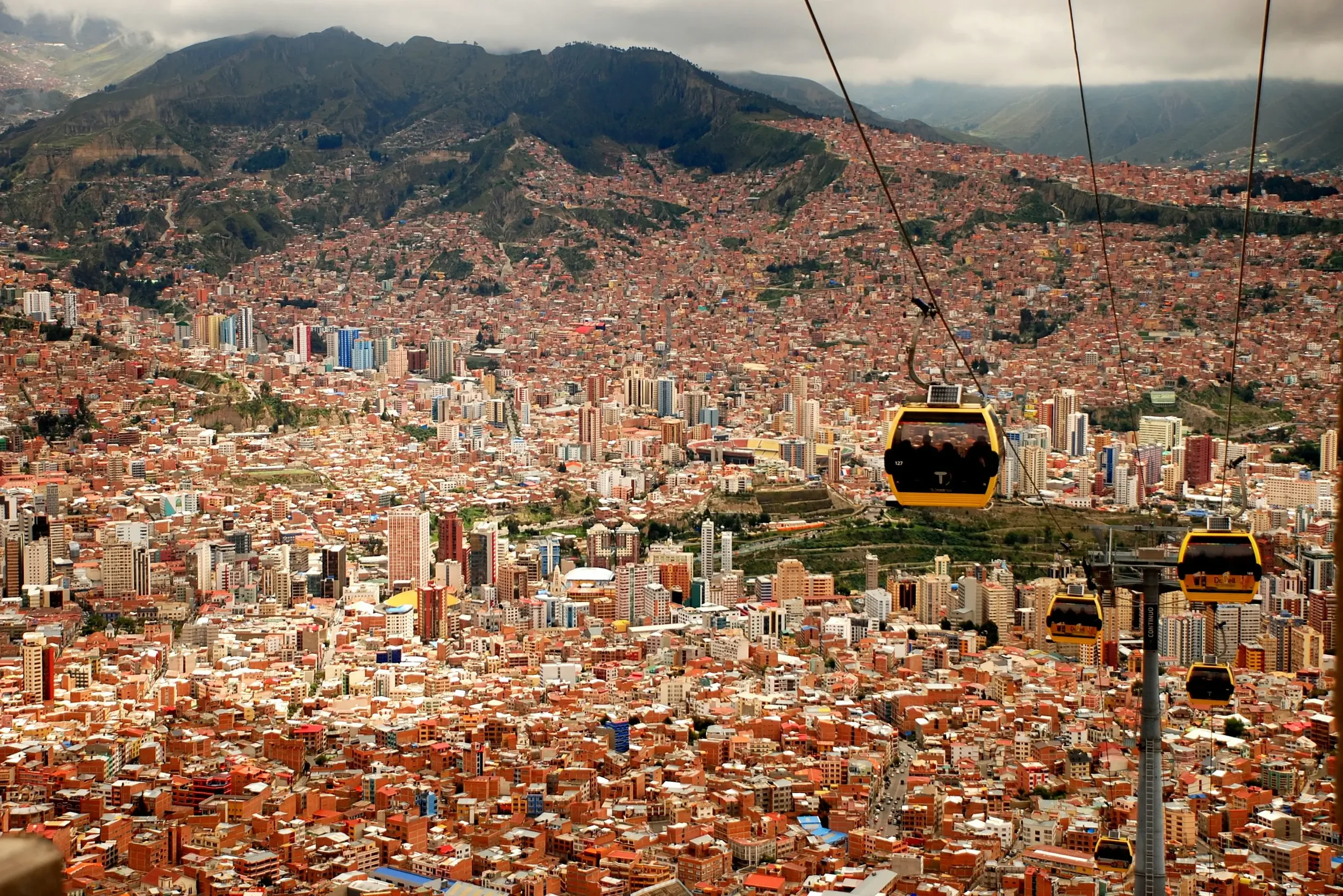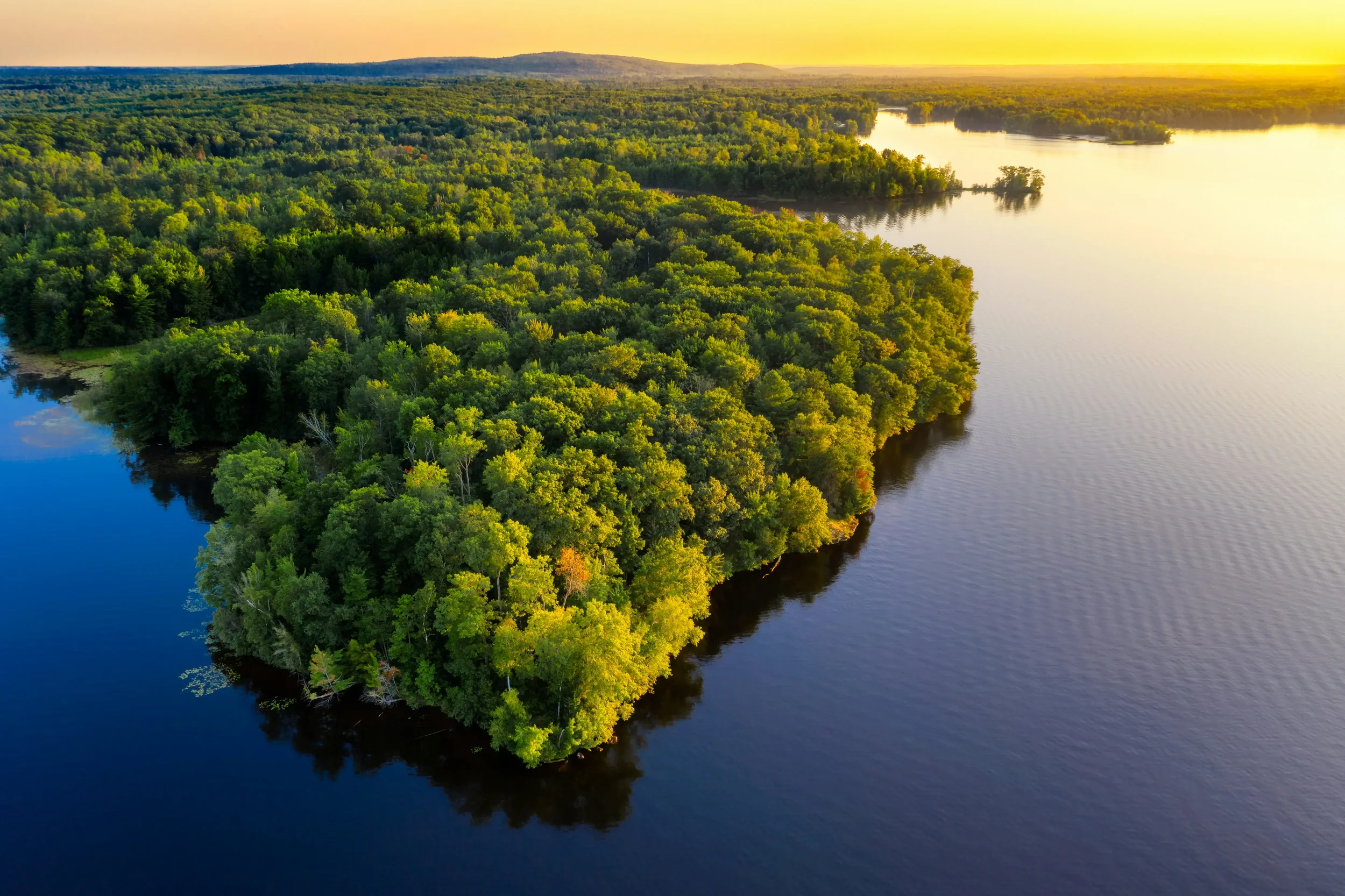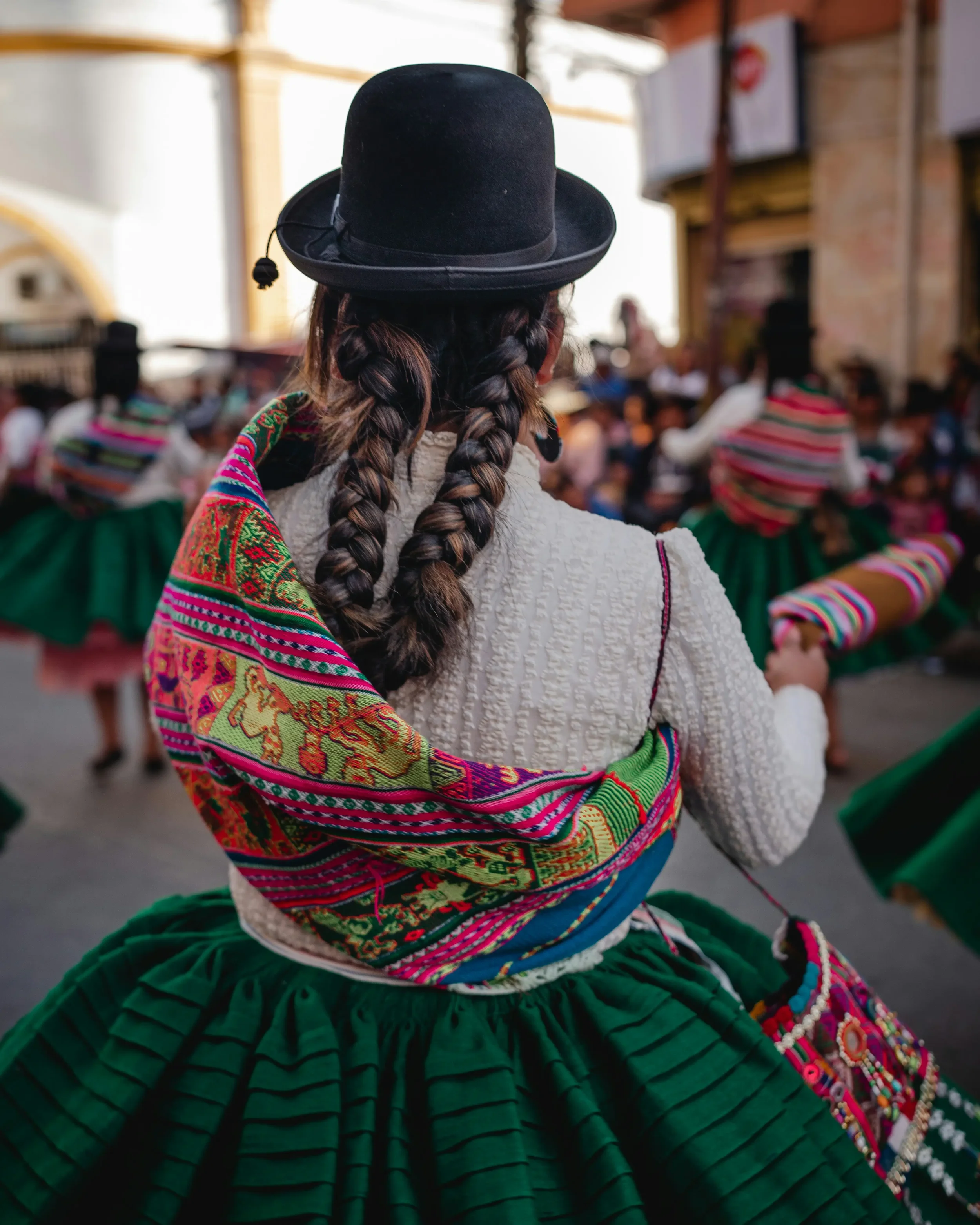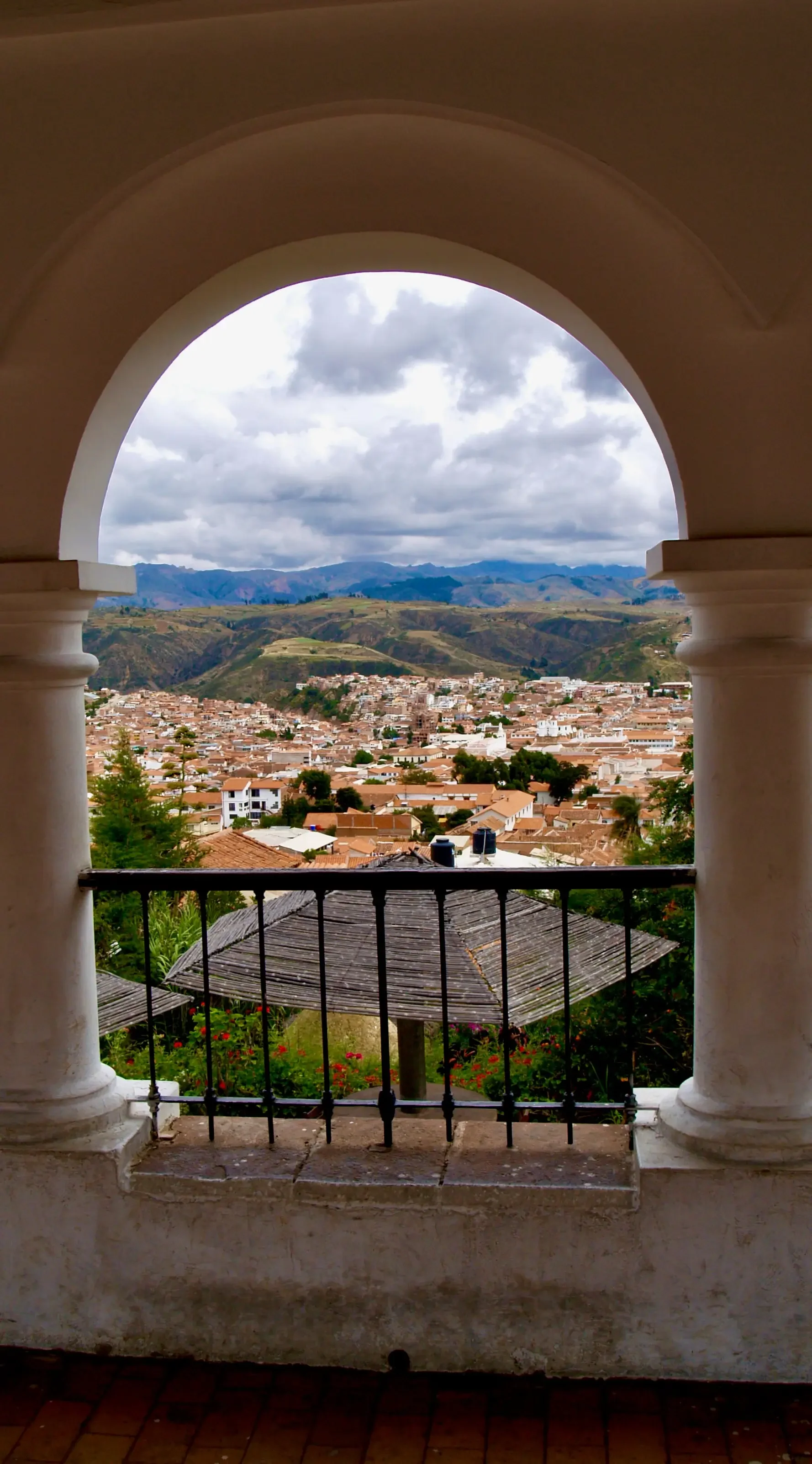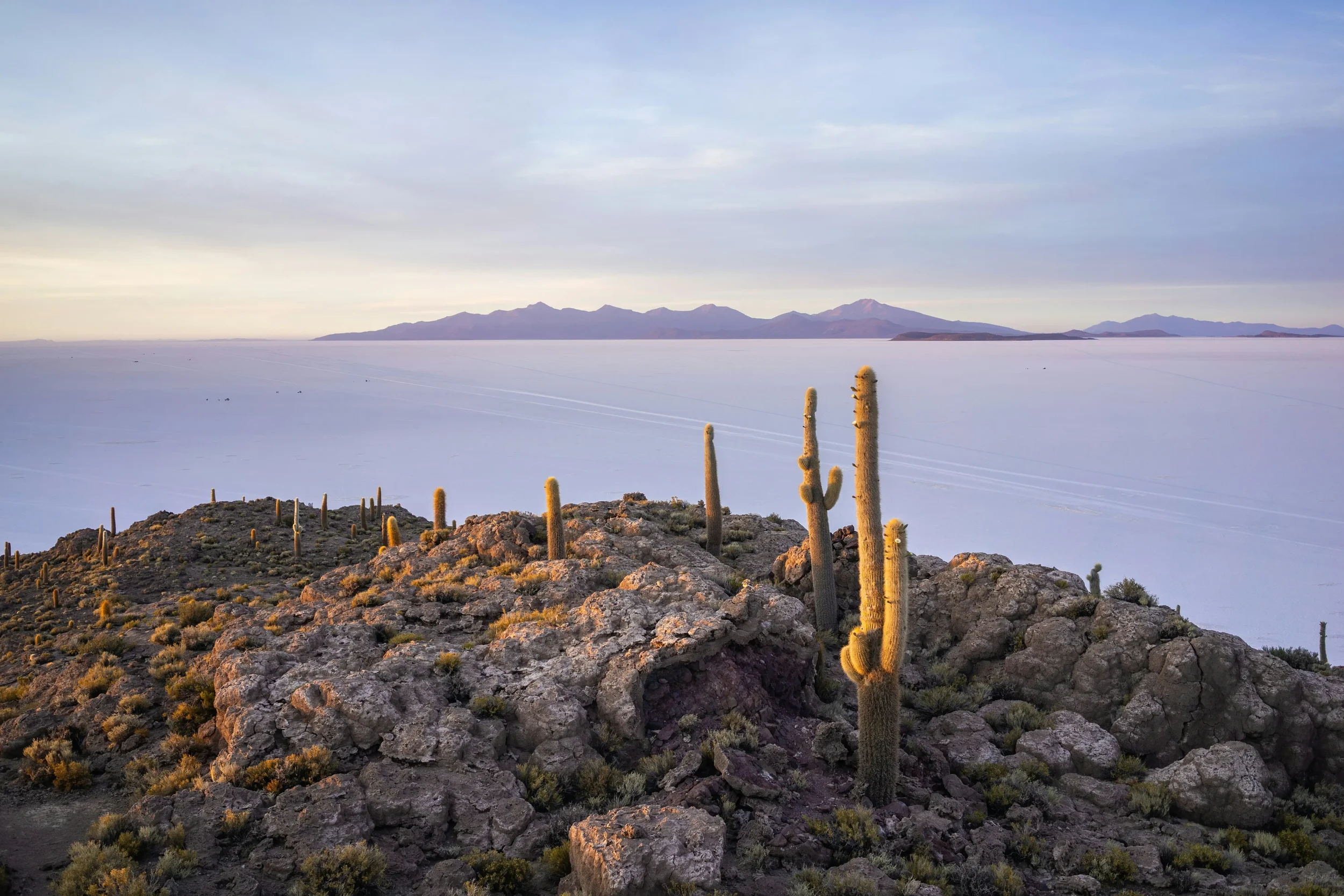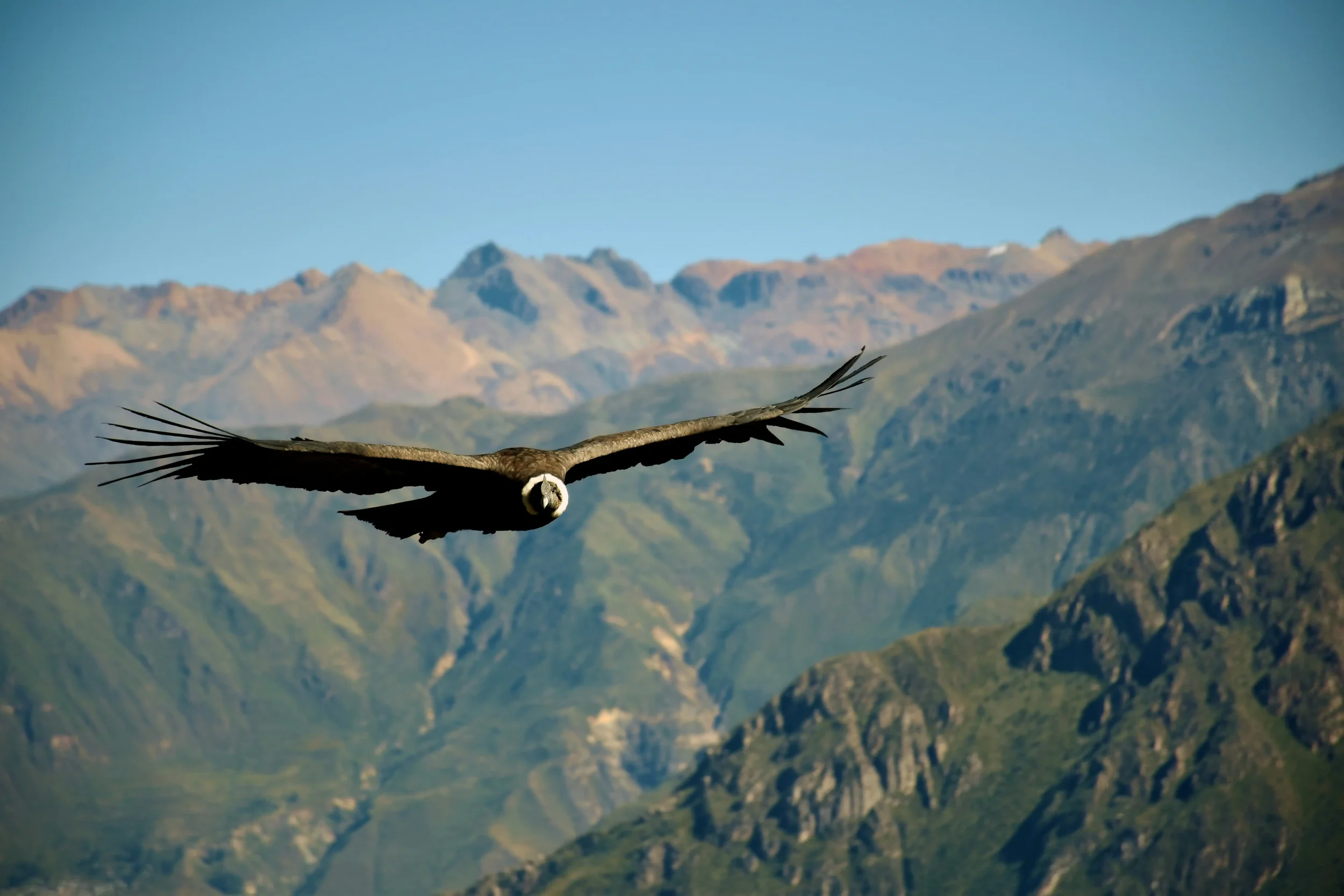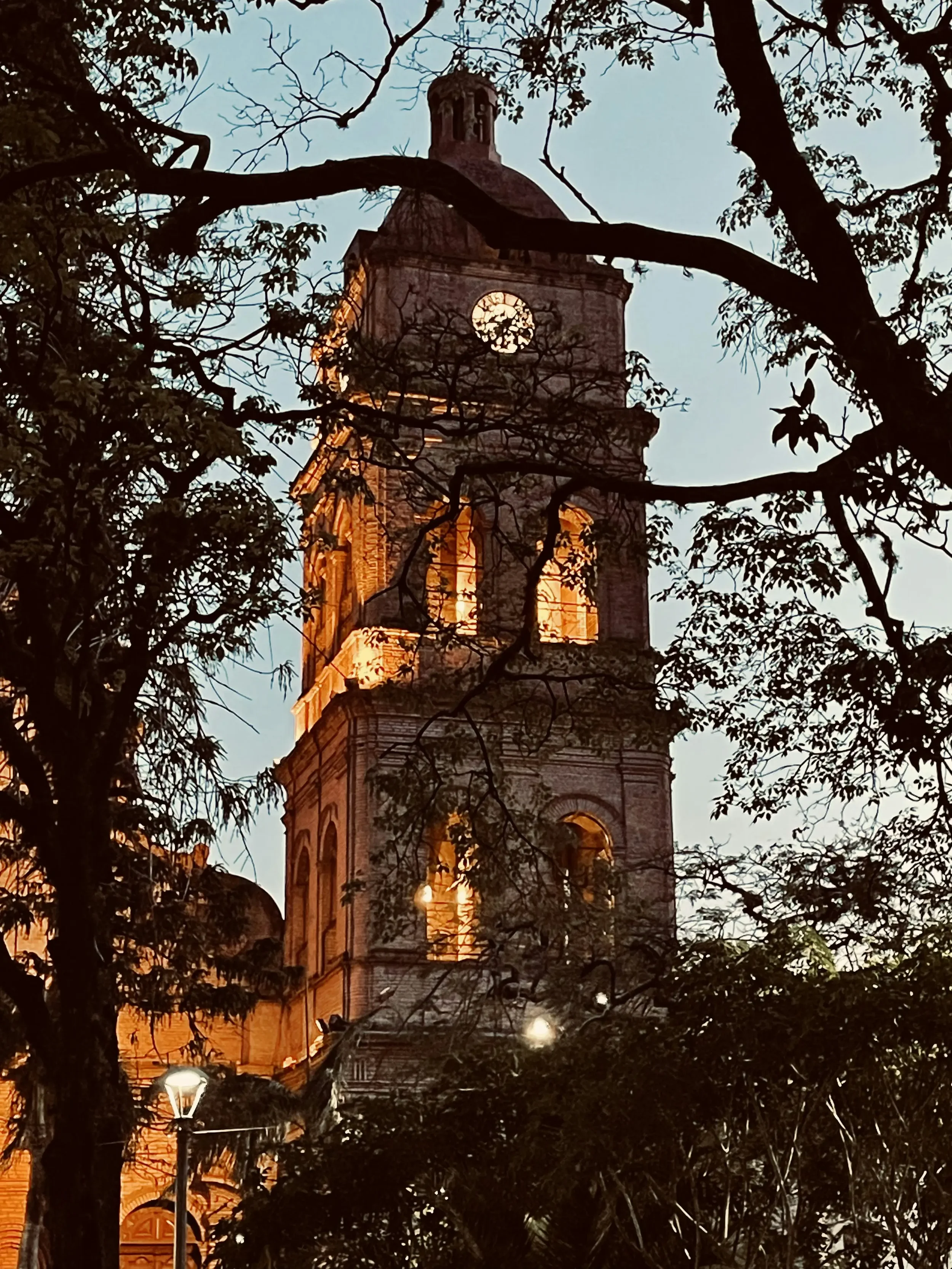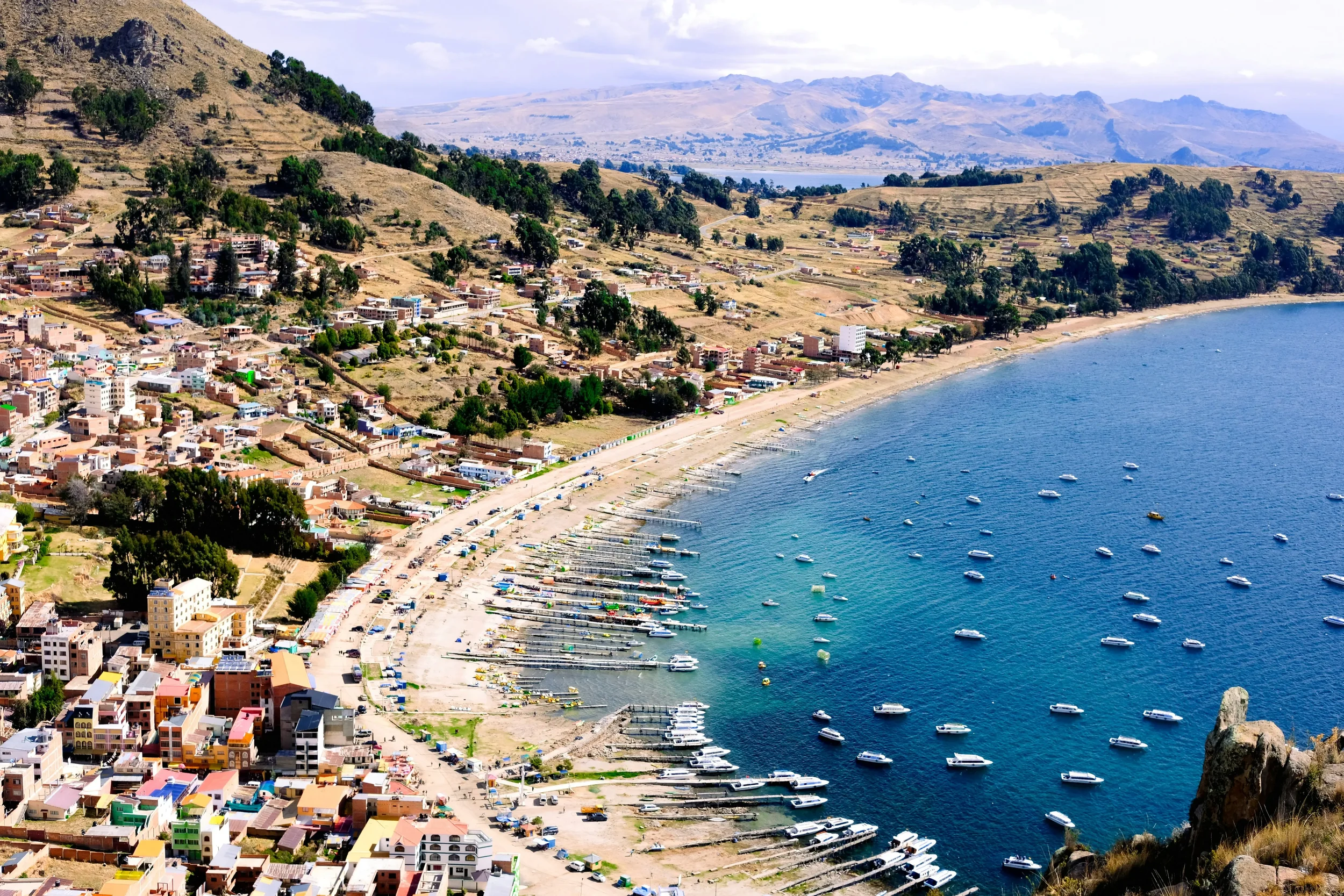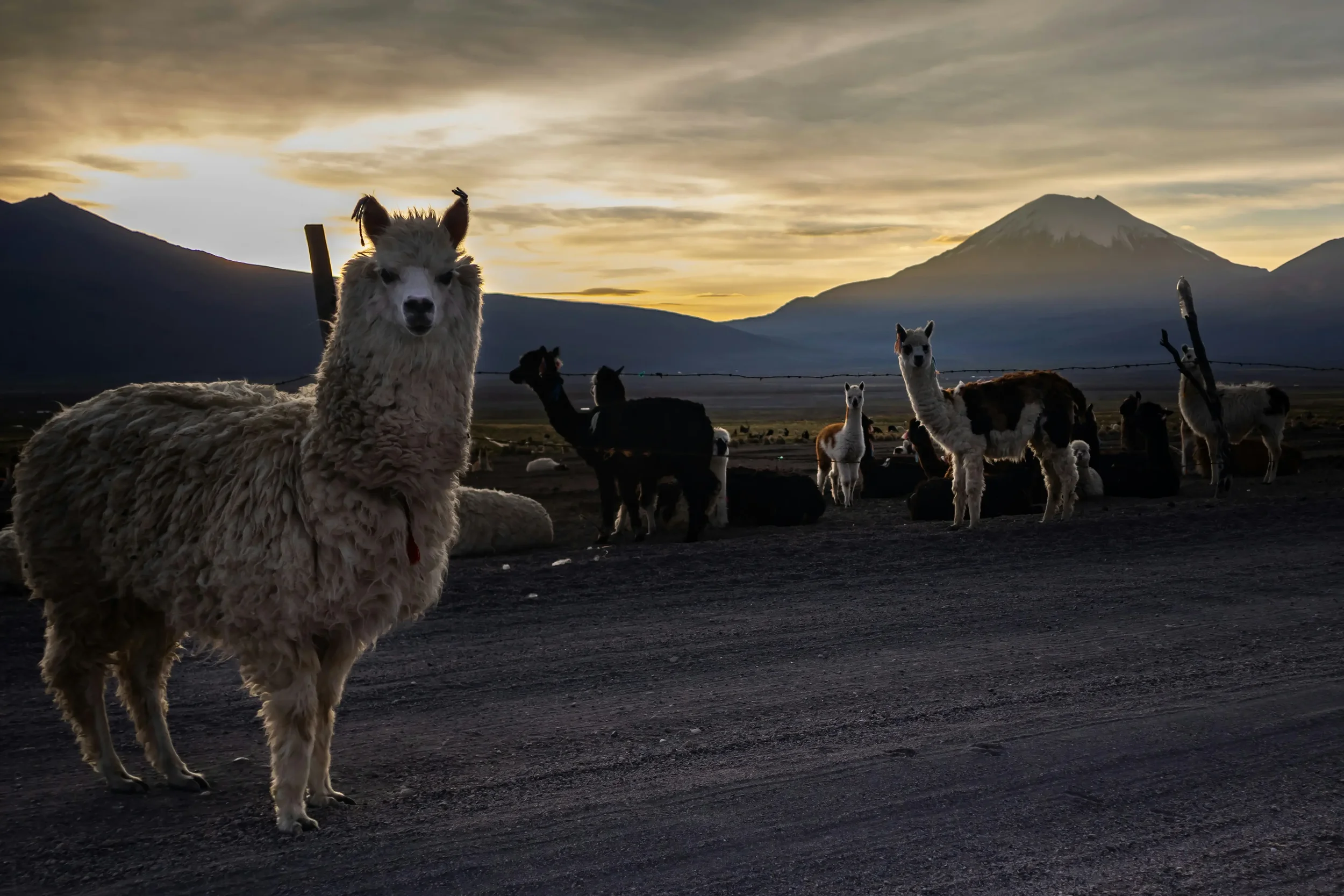BOLIVIA
-
Bolivia is a country of extremes with high-altitude cities, surreal salt flats, rainforest, and the world’s highest navigable lake. La Paz sits high in the Andes, while quiet villages and sacred islands line the shores of Lake Titicaca, and the Uyuni Salt Flats stretch to the horizon in every direction. Head east and you’re in the Amazon basin, with jungle lodges and wildlife-rich rivers. It’s a country of vibrant markets, strong indigenous traditions, and a destination that rewards patience and curiosity with some of the most memorable experiences in South America.
With much of Bolivia at high altitude, it’s worth taking time to acclimatize before tackling treks or busy days. Overland journeys can be long and bumpy, but buses are cheap and connect most of the country.
-
Bolivia's climate varies dramatically with altitude and topography, dividing into distinct regions:
Altiplano (Highlands: La Paz, Uyuni, Potosí, Lake Titicaca):
Dry Season (May to October): Generally sunny days and clear blue skies, making it the most popular time for visiting the salt flats and high-altitude treks. However, nights are extremely cold, often dropping below freezing, especially in June and July.
Wet Season (November to April): Warmer temperatures, but frequent rainfall and cloud cover. This season is best for the "mirror effect" on the salt flats (usually January-March), but roads can be muddy and tours can be affected.
Yungas & Valleys (Mid-altitude: Cochabamba, Sucre):
Temperate Climate: Milder temperatures year-round. The rainy season generally runs from November to April, while the dry season is from May to October.
Llanos (Lowlands/Amazon: Santa Cruz, Rurrenabaque):
Tropical Climate: Hot and humid year-round with a more pronounced rainy season from late September to May. Heavy rainfall can cause flooding, especially from December to March. The dry season (May to September) is ideal for wildlife spotting as animals congregate around water sources.
-
All visitors to Bolivia require a passport valid for at least 6 months beyond their intended stay and generally need proof of onward travel.
UK Passport Holders: Do not require a visa for stays up to 90 days for tourist purposes.
EU Passport Holders: Most EU citizens do not require a visa for stays up to 90 days for tourist purposes.
US Passport Holders: Require a visa. US citizens generally need to obtain a visa in advance from a Bolivian embassy or consulate. It is also possible to get a visa on arrival at major airports and land borders, but this can be more complicated and requires specific documentation (passport with 6+ months validity, yellow fever vaccination certificate, proof of round-trip tickets, proof of accommodation, bank statement showing sufficient funds, and fee). It's highly recommended to get it in advance.
Australian Passport Holders: Do not require a visa for stays up to 90 days for tourist purposes.
Important Notes:
Regardless of nationality, you may be required to show proof of yellow fever vaccination, especially if you are traveling to or from Amazonian low-lying areas.
Ensure you get an entry stamp in your passport when arriving, whether by air or land, to avoid fines upon departure.
Always confirm the most up-to-date requirements with the Bolivian Embassy or Consulate in your home country before your trip, particularly for US citizens.
-
Bolivia is one of the most budget-friendly countries in South America, making it ideal for long-term travelers.
Currency: Bolivian Boliviano (BOB).
Daily Budget (Backpacker): A comfortable backpacker budget can be around US$25-45 per day. This covers hostel dorms, local food, public transport, and some tours.
Accommodation: Hostel dorms often range from BOB 70-100 (US$10-15) per night.
Food: Street food and "almuerzos" (set lunch menus) are incredibly cheap, often just BOB 15-25 (US$2-4). Restaurant meals can be BOB 50-100 (US$7-15).
Transport: Buses are ubiquitous and very cheap, connecting almost all towns and cities. Long-distance overnight buses can be as low as US$15-30. City transport (micros, trufis) is just a few Bolivianos. La Paz also has an excellent cable car system.
Tours & Activities: Prices are generally affordable. For example, a multi-day Salar de Uyuni tour typically costs around US$150-200 (though prices vary greatly by operator and duration). Volcano boarding, jungle treks, and cultural tours are also relatively inexpensive compared to neighboring countries.
Tips:
Cash is King: Many smaller establishments, markets, and street vendors are cash-only. Have plenty of small Boliviano denominations.
ATMs: Available in cities, but can be sparse in rural areas. Fees are common. Notify your bank before travel.
Credit Cards: Accepted at major hotels, upscale restaurants, and some tour agencies, but less common elsewhere.
Haggling: Common and expected in markets, for taxis (confirm fare before getting in), and sometimes for tour prices.
Counterfeit Bills: Be aware of fake bills, especially larger denominations. Check for watermarks and security threads.
Main Destinations

